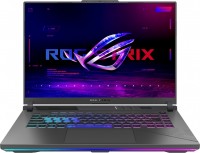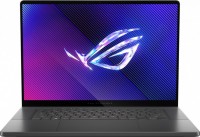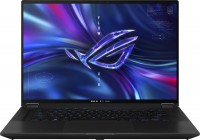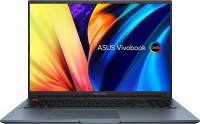Laptops Asus series ZenBook Pro/Duo (powerful)
Asus ZenBook Pro/Duo
The laptop market is an established ecosystem where manufacturers are not willing to take risks. Perhaps one of the most striking experiments of recent years has been the ZenBook Pro Duo line of “creative” laptops with two working displays.
Initially, ZenBook Pro models had an additional screen installed in place of the touchpad. Then the idea took off and the touchpad evolved into a full-fledged secondary display, and new models at Asus called the ZenBook Duo. The display diagonal is almost 13", that is, it occupies half the area of the keyboard (screen size 12-14") and can do much more than the touchpad. However, the principles of user interaction are the same: you can display the necessary information on the auxiliary display, whether it is a chat window, a table in Google Docs, a toolbar in Photoshop, or a virtual MIDI keyboard in Ableton.
 |
Otherwise, the typical ZenBook Pro is the sibling to the MacBook Pro and other thin, light, and stylish Pro-level laptops. Inside the sophisticated case, usually, there is a powerful hardware, which is quite pulling on the title of "workstation". In some modifications, there are bundles of a multi-core monster Core i9, a GeForce RTX 2070 graphics card and 32 GB of RAM. It's not every day you see something like this even in an expensive gaming computer. Throw in colorful displays with colour references and you have a versatile creative laptop for every need.
With respect to the Asus ZenBook Pro/Duo series, the hackneyed phrase “the devil is in the details” is asking. The thoughtfulness of the line includes an excellent cooling system, a four-speaker stereo system from Harman Kardon, a battery that can last a whole day, a built-in fingerprint scanner, fast charging, a set of modern ports and much more.












